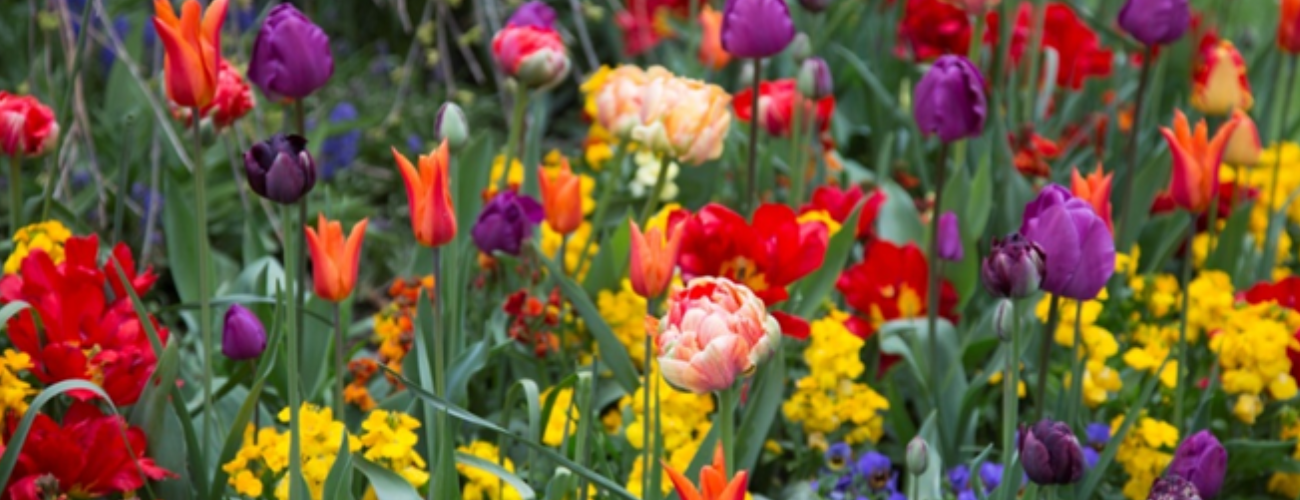Lights, Camera, Action! The coming of spring is the opening scene to the gardener’s year, with spring bulbs as the chorus line leaping onto the set clothed in their bright satin costumes, twirling and spinning in spring breezes and opening in flourishes to the increasingly brighter sunshine and longer days.
Grow Your Own
In the wings seed sowing has already started for the veg season, my windowsills at home are beginning to fill with seed trays of tomatoes and leeks soon to be joined by salads, spinach, beetroot and red cabbage. With the cost of energy crisis many salad, cucumber and tomato growers have reduced their crops or stopped entirely because it is too expensive to heat greenhouses. As a result these foods are likely to be shorter of supply and more expensive this summer, but fear not – they take up very little space and taste better if you grow them yourselves.
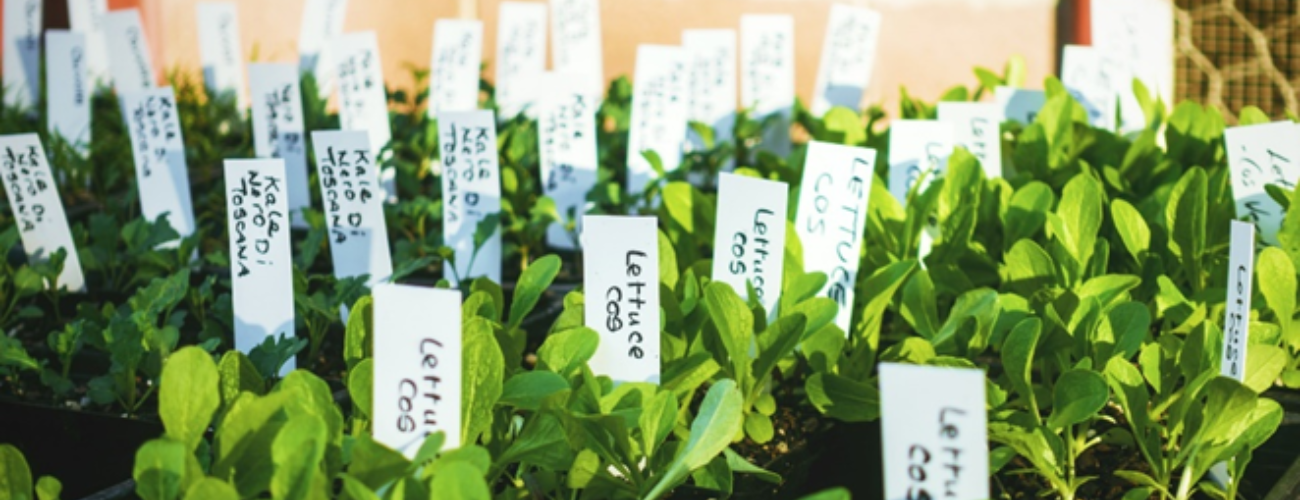
If you have a greenhouse or similar you can start your seeds off in early spring on a warm windowsill and move them out to the greenhouse as the weather warms. If you don’t have one, start a month later but don’t plant out until after the frosts. If you don’t have windowsill space all sorts of vegetable plug plants are available from our garden centres throughout the growing season. But remember indoor grown plants must be hardened off before planting.
Blossom
The stars of the show in spring are the blossom trees. Magnolias open with their delicate whites and pinks, creating a magical crescendo of petals. Flowering cherries are the classic blossom trees and there are so many to choose from with single or double flowers, whites and pinks weeping or upright. Other members of the cast include Amelanchier, Paulownia, Malus, Cornus, Cercis, rowans and lilacs. With trees of all different shapes and sizes there will always be one to fit your garden, from the compact Prunus incisa ‘Kojo-no-mai’ to Cornus controversa ‘Variegata’, known as the Wedding Cake Tree for its tiers of blossom laden spreading branches. Robin Williams once said ‘Spring is nature’s way of saying, let’s party!” and blossom trees certainly know how to do that.
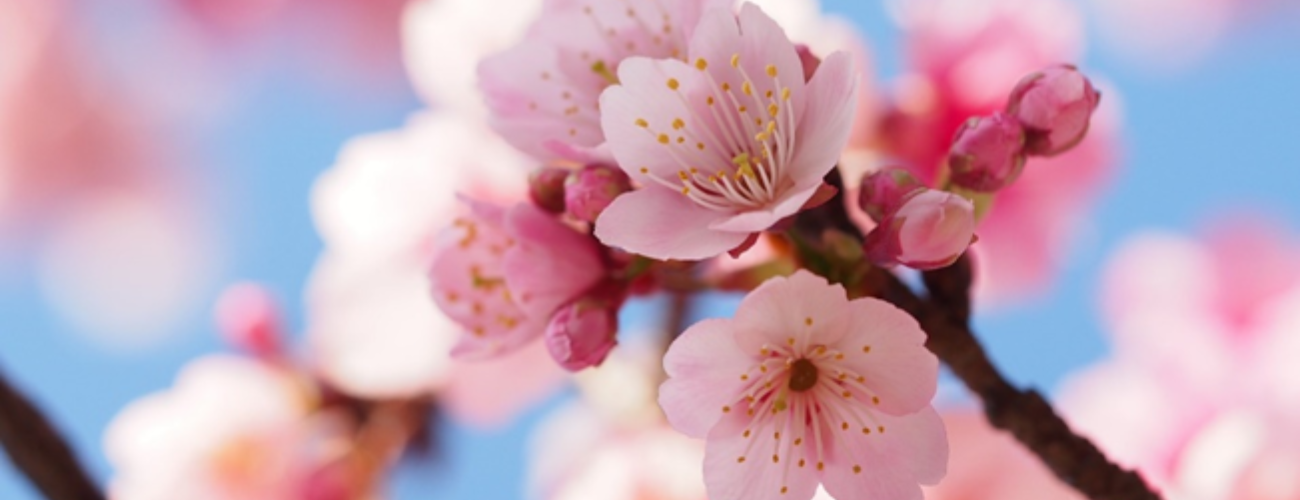
Spring Flowering Shrubs
Forming the backdrop to the set are the shrubs. The evergreens in their glory of dark green leaves and colourful flowers: glamorous camelias and the attention grabbing rhododendrons and azaleas, or Pieris with its creamy clusters of flowers and flamboyant colourful new growth.
Deciduous shrubs are now emerging on to the stage: the flowers of Forsythia (so bright you need to find your sunglasses), Kerria, Physocarpus, Spirea, ribes and Weigela. Philadelphus, Osmanthus burkwoodii and the daphnes have the added benefit of wafting delicious scent to entice you out into the garden. Greens of every shade open out with a startling insuppressible freshness that makes you take deep gulping breaths and want to wave your winter scarf joyfully in the air before you tuck it back in the drawer with the mittens and turn your back firmly on the winter gloom.
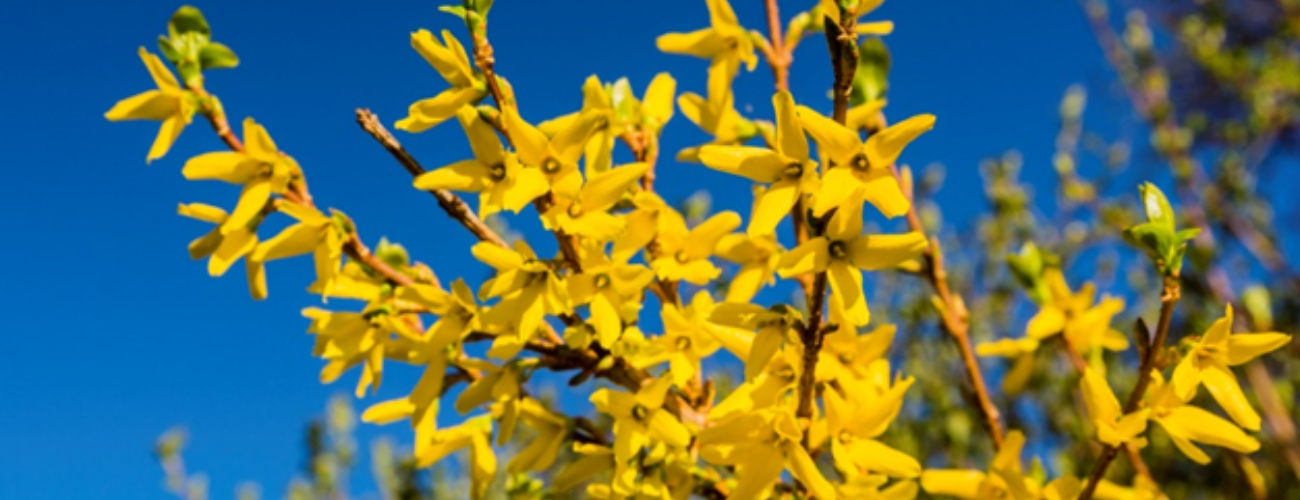
Luscious Lawn or Magnificent Meadow?
If a short green sward of grass is what you are after for this summer then as the grass begins to grow in spring on a warm dry day, it’s time to get out the mower and put it on the highest setting. Next gently rake your lawn and remove all the scrapings, neaten up the edges and if there are any patches that were really soggy over winter, aerate by making holes with an aerator tool and brushing in top-dressing. For bare or sparse patches, sprinkle new grass seed or mix it in with the top dressing and finish off with a spring lawn feed. Then mow weekly.
However if a wildlife friendly meadow is more your cup of tea, mow the lawn as short as possible in March to remove as much grass as possible and scuff the surface of the soil. Sprinkle a meadow seed mix (the best ones include Yellow Rattle) mixed with sand across the surface and water it in, but don’t feed the area. Then put your mower away until late August and get on with all the other things you want to do. It may take a couple of years before your meadow is properly established but you can plant wildflower plugs to help it along in the meantime. You will be astonished at the number of pollinators you see even in the first year.
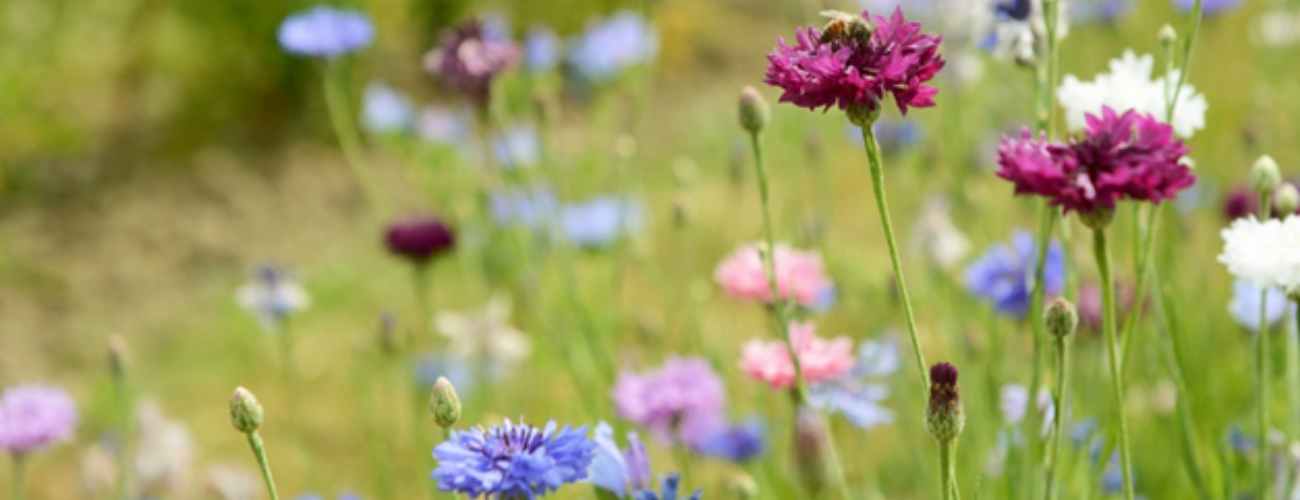
By our resident horticultural expert





